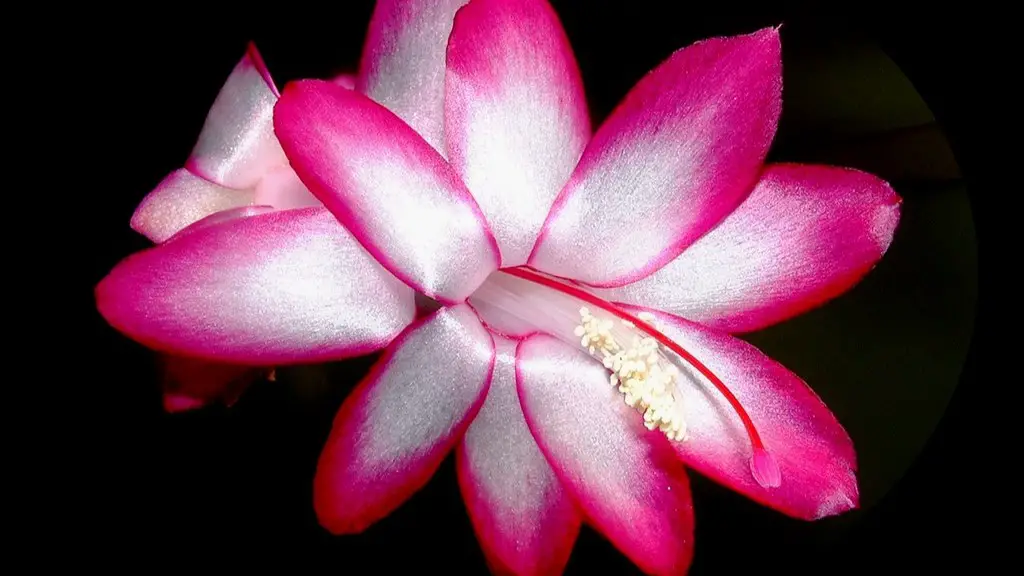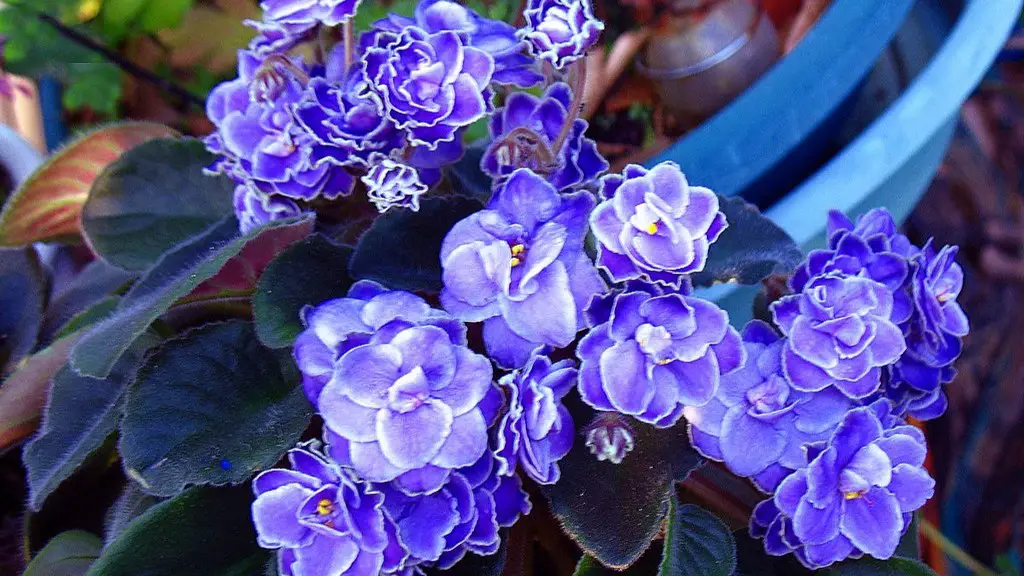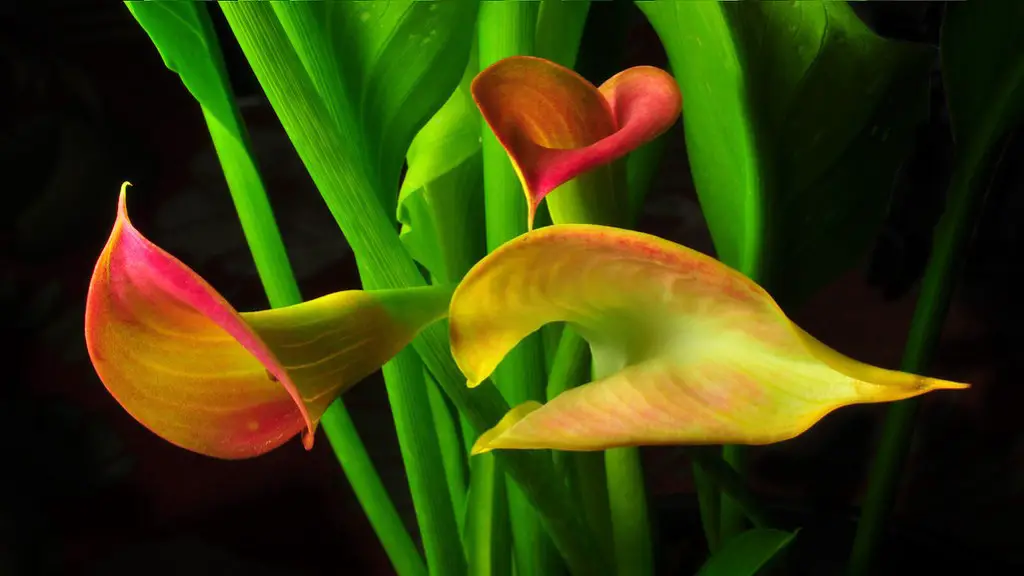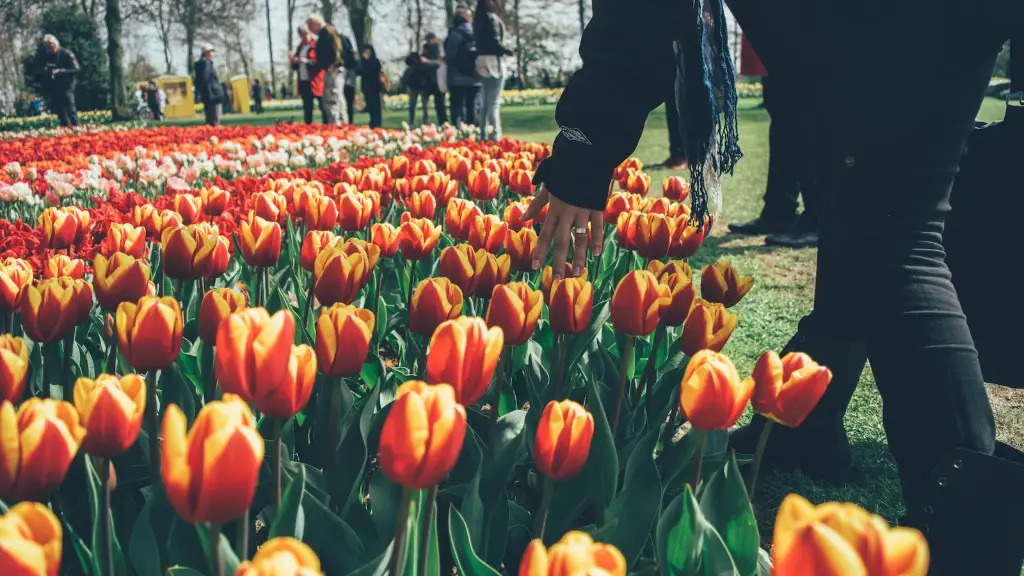If you’re like most people, you probably picked up your African violet from a box store. These plants are popular because they’re easy to care for and they bloom all year round. But after a while, your African violet may outgrow its pot and need to be repotted. Here’s how to do it:
To repot an African violet from a box store, start by choosing a new pot that is only slightly larger than the current one. Next, remove the plant from its current pot and gently loosen the roots. Be sure to keep as much of the soil around the roots as possible. Once the roots are loosened, place the plant in the new pot and fill in any empty spaces with fresh potting soil. Water the plant well and place it in a warm, sunny spot.
Is it better to root African violets in water or soil?
The good news is that it’s easy to root these flowering beauties. The quickest and easiest way I’ve found to root African violets is in water using a leaf. You can take the leaf from your existing African violets, or even from a friend’s plant.
This is a great way to make sure your Violet gets the nutrients it needs!
How do I know if my African violet needs to be repotted
It’s time to repot your African violet when it has doubled or tripled in size and the leaves are starting to wilt. Make sure to use a larger pot so that the roots have plenty of room to grow.
African violets are best suited for small pots, preferably 4-5 inches in size. These pots should be self-watering to provide the plants with a continual moisture supply. African violet pots made of ceramic or plastic are ideal.
Should African violets be watered from the bottom?
It is best to water African violets from the bottom. This allows the water to go directly to the roots without wetting the leaves. It is important not to use cold water; lukewarm or warm is preferred.
It’s best to let your African violet’s water sit for 24-48 hours before giving it to your plant, but if you can’t, then let it stand for at least an hour. This will help ensure that the water is either tepid or at room temperature, which is ideal for your plant.
What is the best way to repot African violets?
If you’re African Violet is looking a bit sad, it might be time to give it a fresh start with a new pot and some fresh soil. Follow the steps above and your plant should soon be on the mend!
African violets need bright, indirect light to thrive. A site near an east- or north-facing window is often a good location. Avoid placing African violets in direct sunlight, as this can damage their leaves. If a suitable window isn’t available, African violets can be placed under a fluorescent light fixture containing two 40-watt fluorescent tubes.
Do African violets need deep pots
There are a few things to keep in mind when potting African Violets. They like breathable, shallow pots so their roots don’t go very deep. It’s also important to have suitable drainage holes so you can water from underneath. You can also get African Violet specific pots that have a terra cotta sleeve you plant in, and a water reservoir.
When potting your African violet, choose a pot that is on the smaller side. This will help to keep your plant healthy and thriving. Additionally, be sure to water your plant regularly and provide it with enough sunlight.
Will African violets grow in regular potting soil?
If you’re growing African violets, it’s important to make sure that the soil is slightly acidic. The ideal pH range for these plants is between 58 and 65. In soil that is too alkaline, African violets will have difficulty absorbing nutrients. To lower the pH of the soil, you can add peat moss to the potting mix.
It’s perfectly fine to bury that long neck in some soil. To repot, pull the plant out of its existing container and brush away the soil. As a general rule, you want to use a pot that’s one-third the width of the plant’s leaves.
What is the best container for African violets
African violets need a pot that drains well to prevent the roots from rotting. A clay pot or a plastic pot with a saucer bottom are both good choices.
African violets are susceptible to crown rot, so it is important not to saturate the crown of the plant with water. Water on the foliage may cause permanent leaf spotting, so it is important to mist the foliage rather than watering directly on the leaves. Use water that is room temperature to avoid shocking the plant.
What is the secret to growing African violets?
African violets need indirect sunlight, and direct sunlight can burn the leaves. Choose a north- or east- facing window for best results. Keep plants away from cold glass and rotate the pot once a week so all leaves receive light. Extend daylight by placing African violets under a grow light during winter months.
If you’re unsure about the quality of your tap water, it’s best to err on the side of caution and use filtered or distilled water for your African violets. Chlorine and chloramines can be especially detrimental to these delicate plants, so it’s best to avoid them if possible.
Warp Up
1. First, choose a new pot that is only slightly larger than the current pot. African violets do not like their roots to be disturbed, so a pot that is too big will cause the plant to wilt.
2. Next, add fresh potting mix to the new pot. African violets need a well-draining mix, so be sure to select one that contains perlite or vermiculite.
3. Gently remove the african violet from its current pot. Be careful not to damage the roots.
4. Place the plant in the new pot, and fill in around the roots with the fresh potting mix.
5. Water the african violet well, and place it in a location with bright, indirect light.
If you’re looking to add some African violets to your indoor plant collection, you can often find them for sale at box stores. When it’s time to repot them, you’ll want to use a pot that’s only slightly larger than the one they came in and add fresh, well-draining potting mix. Be sure to water the plants thoroughly after repotting. With a little care, your African violets will flourished and bloom for years to come.





